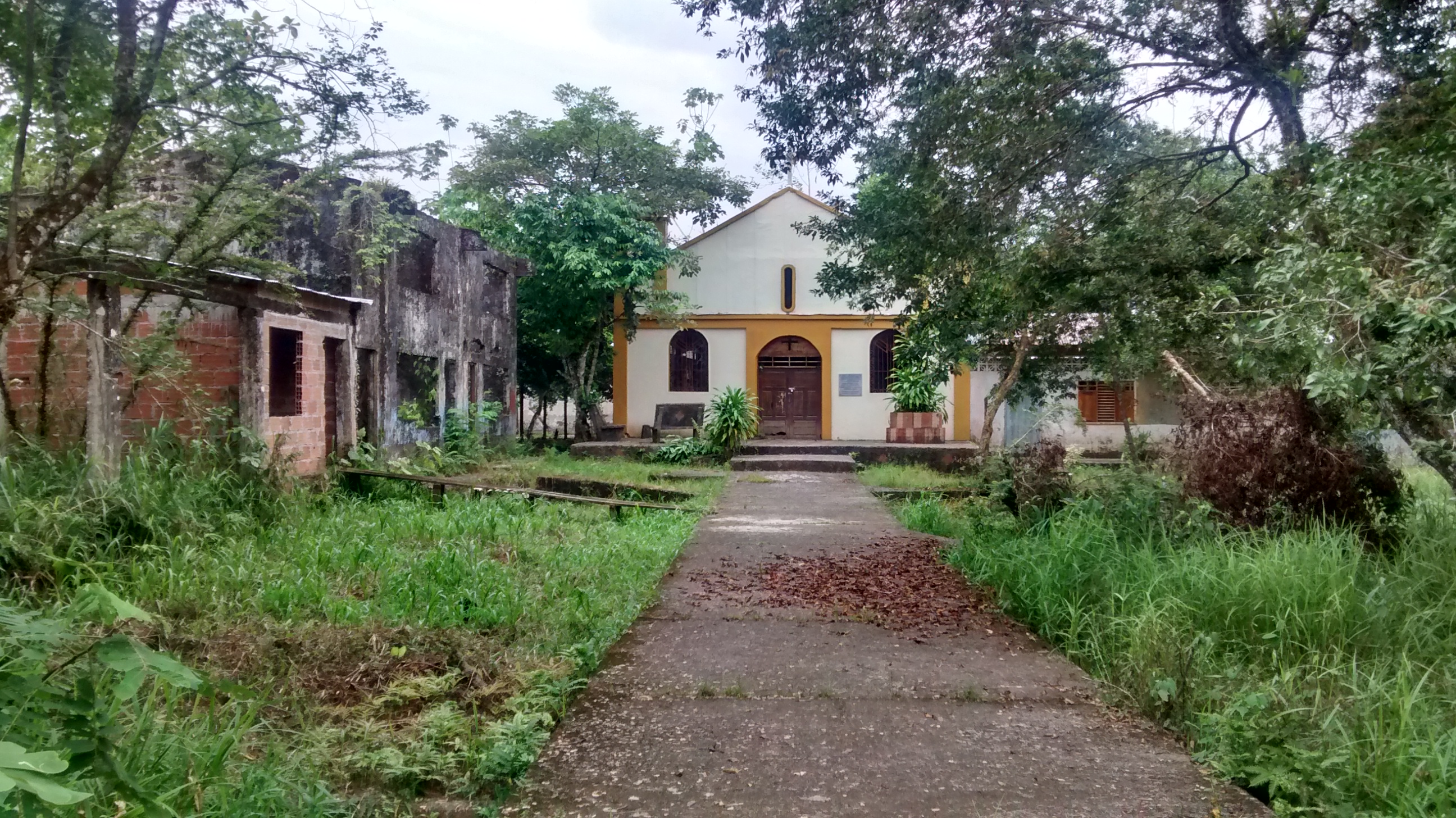|
Bojayá Massacre
The Bojayá massacre ( es, La Masacre de Bojayá) was a massacre that occurred on May 2, 2002 in the town of Bellavista, Bojayá Municipality, Chocó Department, Colombia. Revolutionary Armed Forces of Colombia (FARC) guerrillas attacked the town in an attempt to take control of the Atrato River region from United Self-Defense Forces of Colombia (AUC) paramilitaries. During the fighting, a cylinder bomb (known in Spanish as a ''pipeta'' or ''cilindro bomba'') launched by the FARC with a mortar at the AUC paramilitaries positioned by the walls of a church, went through the roof of the church instead, landing on the altar inside. Of the approximately 300 inhabitants of the town who had taken refuge in the church, 119 died in the explosion. Background The Colombian government had described the area as subject to "the armed confrontation in the region between the guerrillas and the illegal self-defence forces is very violent due to the economic and strategic interests in play, inclu ... [...More Info...] [...Related Items...] OR: [Wikipedia] [Google] [Baidu] |
Bojayá
Bojayá () is a municipality in the Chocó Department, Colombia, its municipal centre is the town Bellavista Nuevo. The Bojayá massacre occurred in the original Bellavista on May 2, 2002. An essentially new town was constructed, on a hill to avoid flooding, one kilometer upriver from the original Bellavista in 2003, and inaugurated in 2007. Whereby the original Bellavista was renamed to Bellavista Viejo (Old Bellavista in Spanish), and the new town Bellavista Nuevo (New Bellavista). Bellavista Viejo is currently completely abandoned. Bojaya municipality The Bojaya municipality, according to a 2005 census, has 9941 inhabitants. 58.4% of the population of the municipality is afro-Colombian, and 41.4% and indigenous Embera. 95.86% of the population do not have their basic needs met. The municipality contains part of the Utría National Natural Park. There is still paramilitary and presence of the ELN in the region, tensions and violence between the groups are still threatening ... [...More Info...] [...Related Items...] OR: [Wikipedia] [Google] [Baidu] |
Fourth Geneva Convention
The Geneva Convention relative to the Protection of Civilian Persons in Time of War, more commonly referred to as the Fourth Geneva Convention and abbreviated as GCIV, is one of the four treaties of the Geneva Conventions. It was adopted in August 1949, and came into force in October 1950. While the first three conventions dealt with combatants, the Fourth Geneva Convention was the first to deal with humanitarian protections for civilians in a war zone. There are currently 196 countries party to the 1949 Geneva Conventions, including this and the other three treaties. The Additional Protocol I to the Geneva Conventions (AP-1) was completed in 1977. Its "Basic Rule" as regards Civilian Persons (CP) prohibits all intentional attacks on "the civilian population and civilian objects." It prohibits and defines "Indiscriminate attacks". "Incidental loss of civilian life, injury to civilians, nddamage to civilian objects" is also covered. Even an attack not aimed at civilians is prohib ... [...More Info...] [...Related Items...] OR: [Wikipedia] [Google] [Baidu] |
May 2002 Events In South America
May is the fifth month of the year in the Julian and Gregorian calendars and is the third of seven months to have a length of 31 days. May is a month of spring in the Northern Hemisphere, and autumn in the Southern Hemisphere. Therefore, May in the Southern Hemisphere is the seasonal equivalent of November in the Northern Hemisphere and vice versa. Late May typically marks the start of the summer vacation season in the United States (Memorial Day) and Canada (Victoria Day) that ends on Labor Day, the first Monday of September. May (in Latin, ''Maius'') was named for the Greek goddess Maia, who was identified with the Roman era goddess of fertility, Bona Dea, whose festival was held in May. Conversely, the Roman poet Ovid provides a second etymology, in which he says that the month of May is named for the ''maiores,'' Latin for "elders," and that the following month (June) is named for the ''iuniores,'' or "young people" (''Fasti VI.88''). Eta Aquariids meteor shower appear ... [...More Info...] [...Related Items...] OR: [Wikipedia] [Google] [Baidu] |


